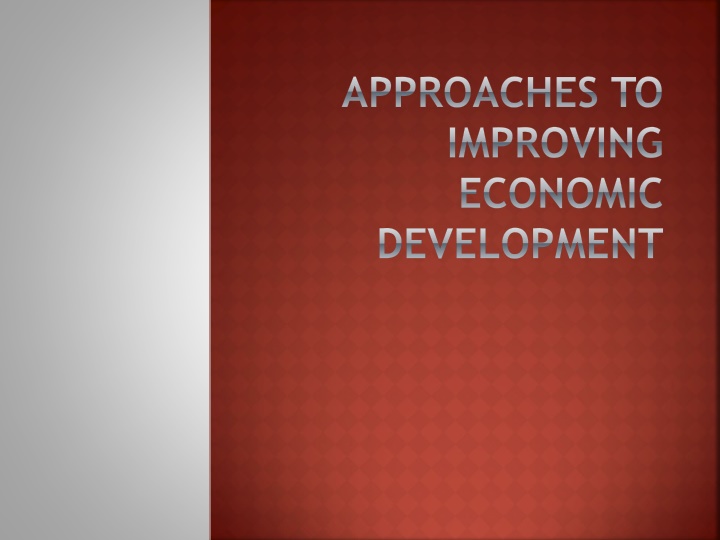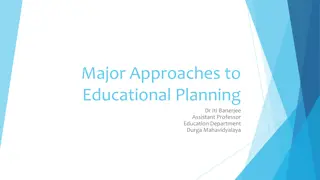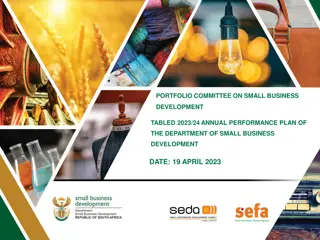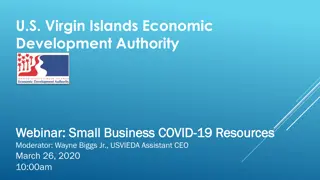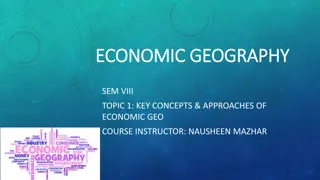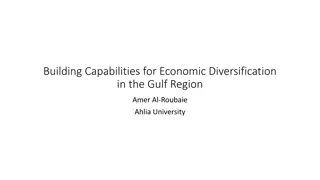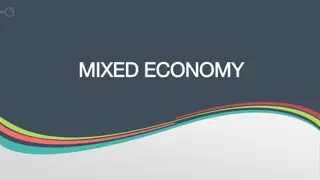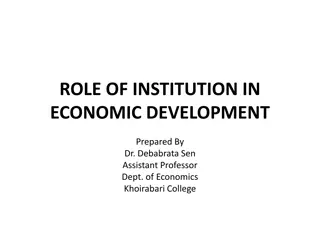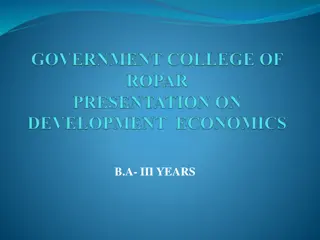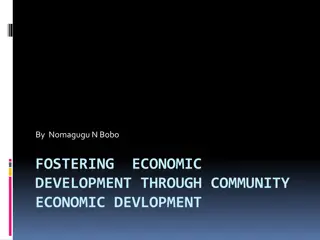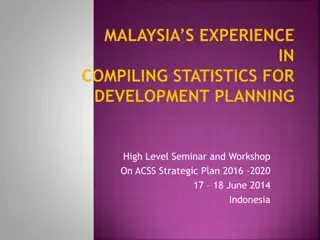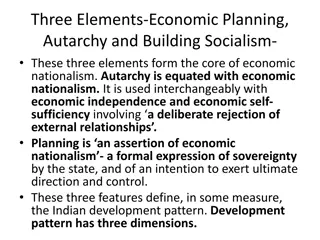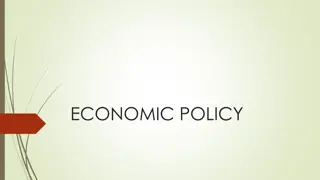Approaches to Economic Development
Living in extreme poverty, individuals face challenges in accessing basic needs. Two main development strategies, need-based and asset-based, aim to address poverty differently. MDCs have a stake in the economic development of LDCs. Various approaches, such as self-sufficiency, international trade, and structural adjustment loans, have been utilized to facilitate economic growth in developing countries.
Download Presentation

Please find below an Image/Link to download the presentation.
The content on the website is provided AS IS for your information and personal use only. It may not be sold, licensed, or shared on other websites without obtaining consent from the author.If you encounter any issues during the download, it is possible that the publisher has removed the file from their server.
You are allowed to download the files provided on this website for personal or commercial use, subject to the condition that they are used lawfully. All files are the property of their respective owners.
The content on the website is provided AS IS for your information and personal use only. It may not be sold, licensed, or shared on other websites without obtaining consent from the author.
E N D
Presentation Transcript
APPROACHES TO IMPROVING ECONOMIC DEVELOPMENT
LIVING ON ONE DOLLAR Questions or comments? After watching this film, why do you think that Chino, Rosa, and Anthony are still living in extreme poverty? What do you think are some of the things holding them back? Need-based development focuses on helping people secure immediate needs like food, clothing, and shelter. Asset-based development tries to help people gain the skills, education, and resources to bring themselves out of poverty. Which type of development do you believe is more effective overall and why?
IMPROVING ECONOMIC DEVELOPMENT Why should MDCs care if LDCs improve their economic development?
SELF-SUFFICIENCY APPROACH Popular in early 20thcentury Example: India Pushes LDCs to provide for their own people, independent of foreign economies Rural areas must develop along with urban areas, and poverty must be reduced across the entire country Favors a closed economic state with heavy import tariffs to impede foreign competition Critics say the lack of foreign competition hinders efficiency and innovation
INTERNATIONAL TRADE APPROACH Promoted by Rostow in the 1960s Pushes LDCs to identify its unique economic assets Develop just those distinctive local industries Direct investment toward that industry Will get a comparative advantage over other countries in producing that particular good or service Examples: Japan: comparative advantage in electronics Four Asian Tigers South Korea, Singapore, Hong Kong, Taiwan Focus on manufactured goods, esp. electronics Arabian Peninsula states Saudi Arabia, Kuwait, Bahrain, Oman, UAE Petroleum Critics say increases dependence on MDCs
STRUCTURAL ADJUSTMENT LOANS A type of foreign direct investment (FDI) IMF and World Bank provide loans to LDCs with strings attached Strings = LDCs must make certain economic changes in order to use the loan Spend what it can afford Invest more on health & education, less on military Increase privatization E.g., African countries required to sell water systems to private companies Water used to be free when operated by government
NON-GOVERNMENTAL ORGANIZATIONS (NGOS) Organizations run by charities and private organizations Provide supplies, resources, and money to local businesses and causes that promote development Red Cross Doctors Without Borders Greenpeace Grameen
MICROFINANCE Providing loans and financial services to people and small businesses in LDCs who wouldn t be able to get them from commercial banks Grameen Bank, Bangladesh Founder won Nobel Peace Prize, 2006 Why focus on women?
